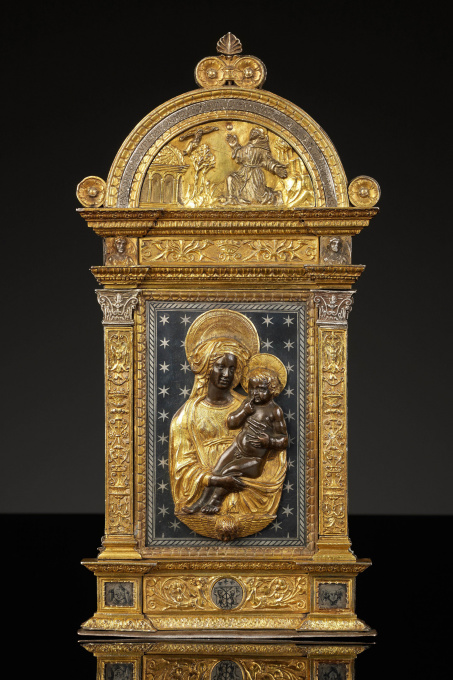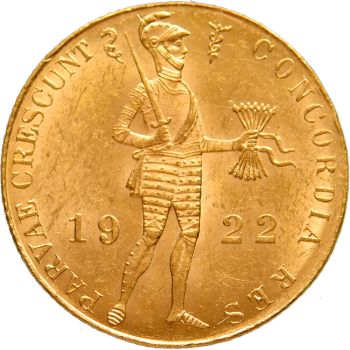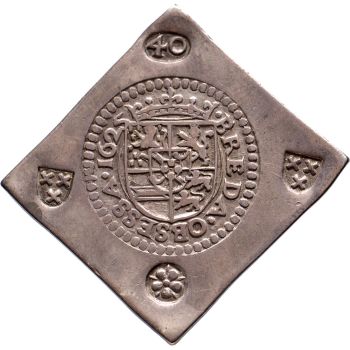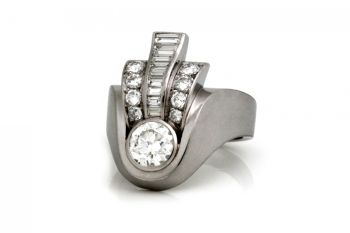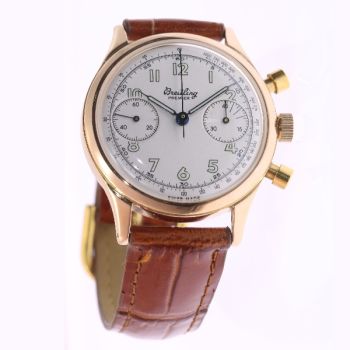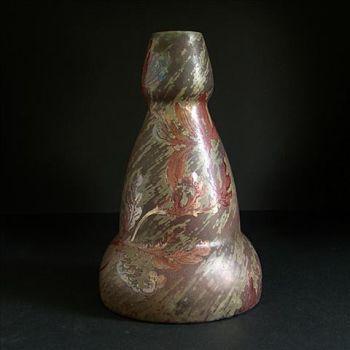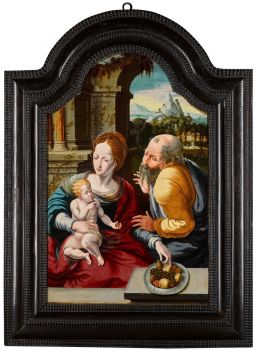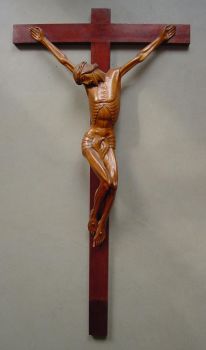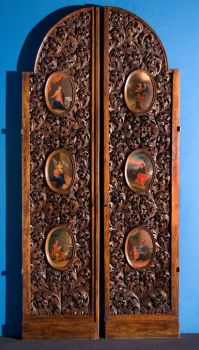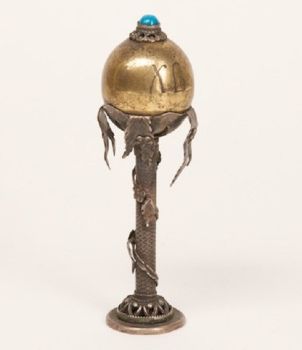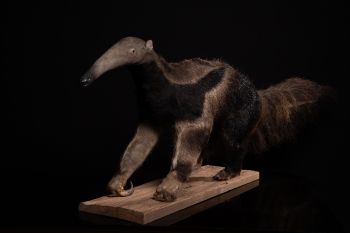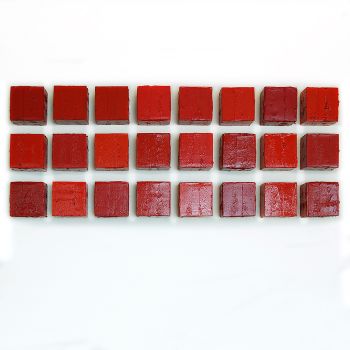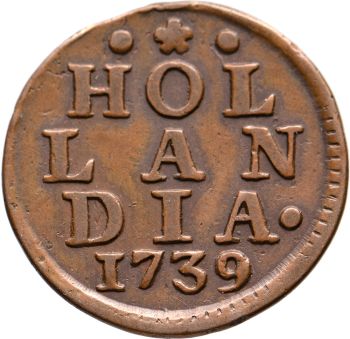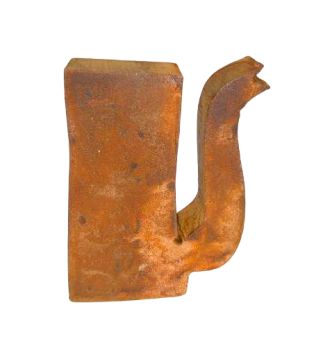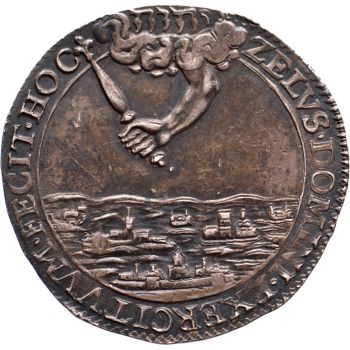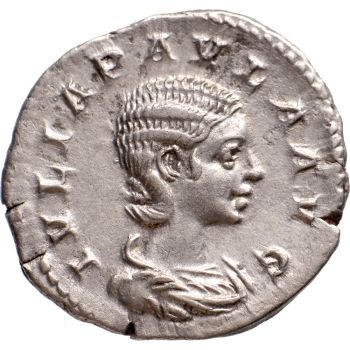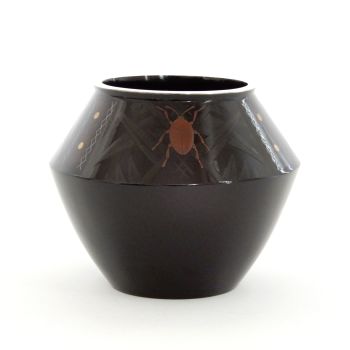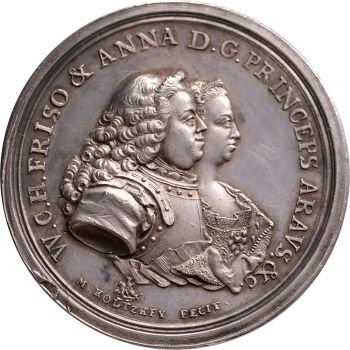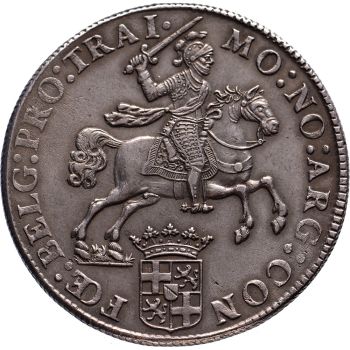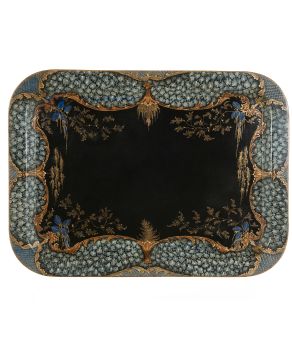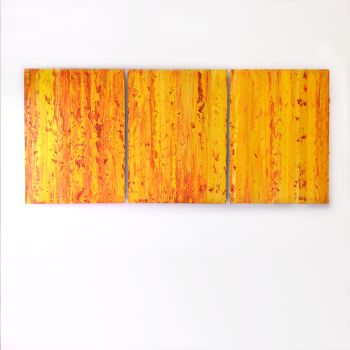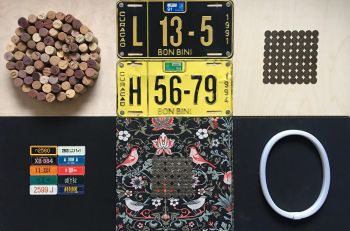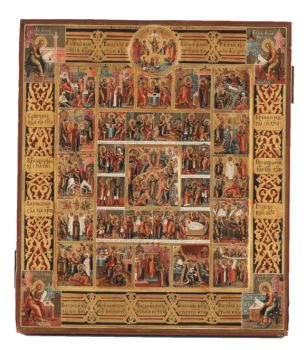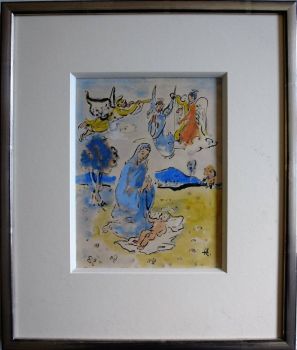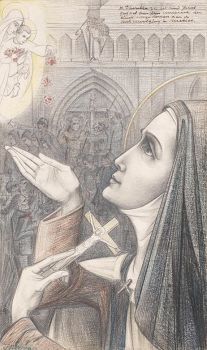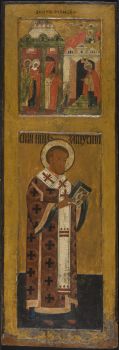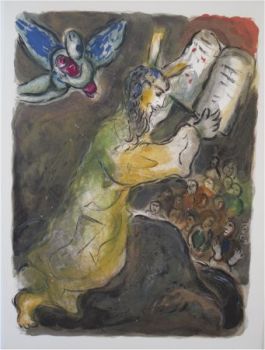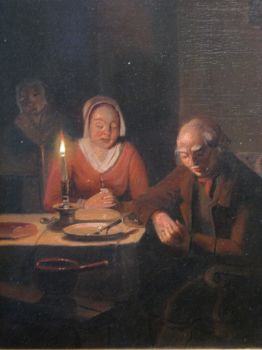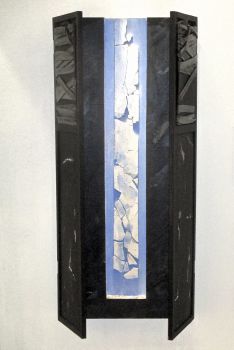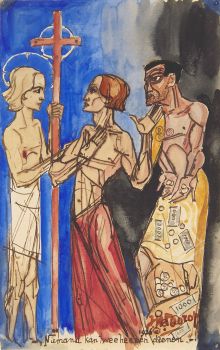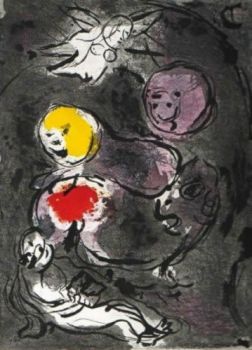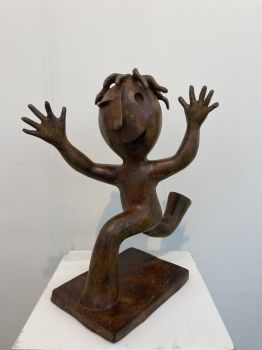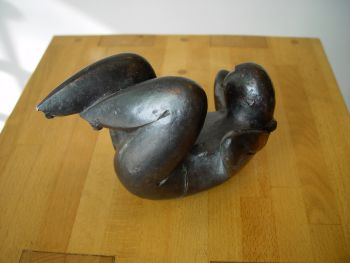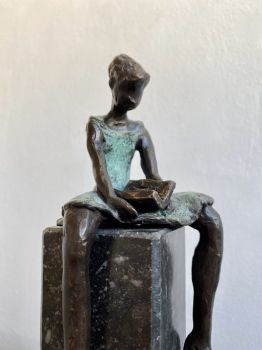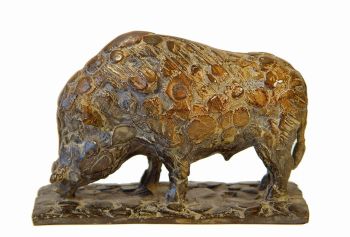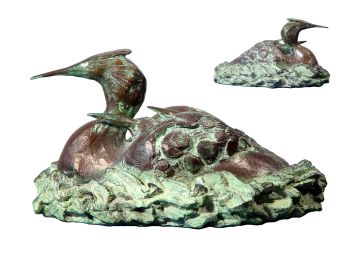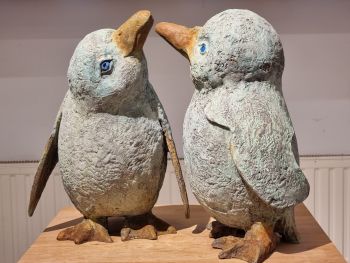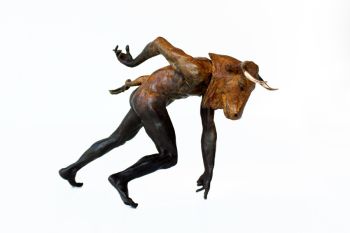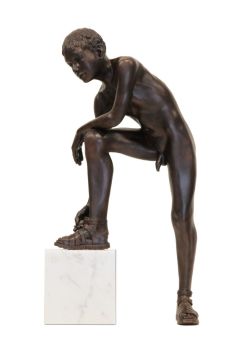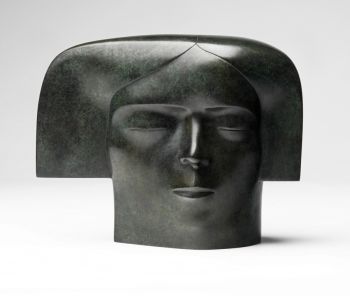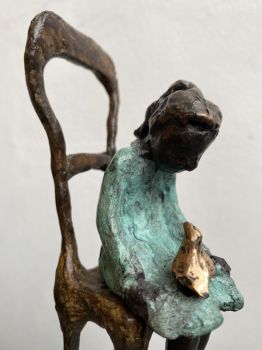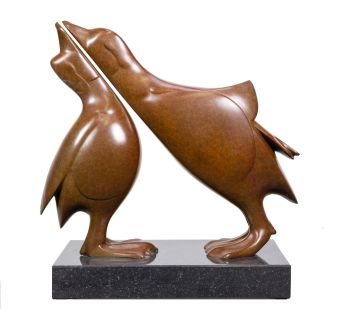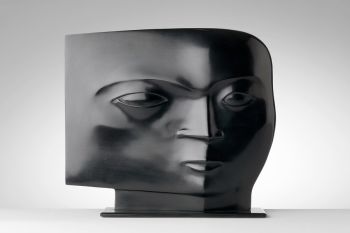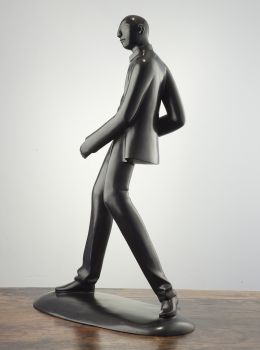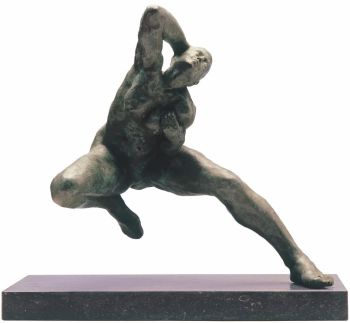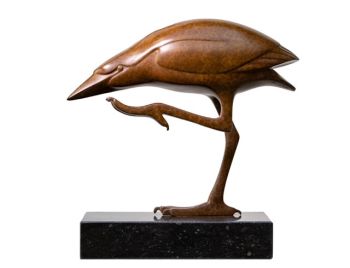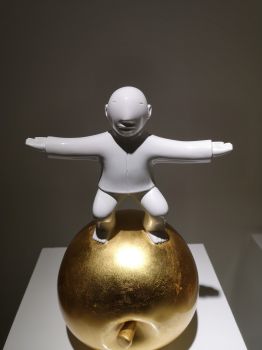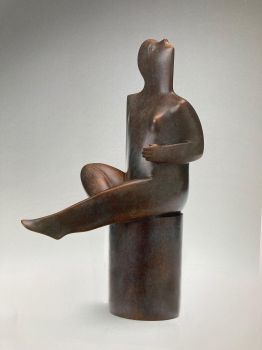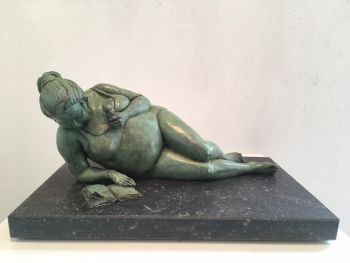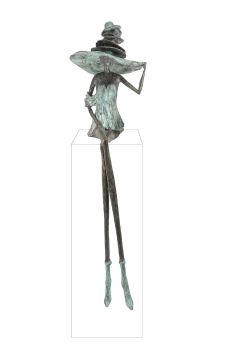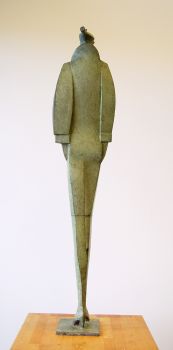A Remarkable Florentine Pax late 15th
Artista Sconosciuto
BronzoOroMetalloArgentoDorato
28 ⨯ 13 cm
Attualmente non disponibile tramite Gallerease
- A proposito di opere d'arteA gilt silver and niello pax frame and lunette of St. Francis receiving the Stigmata, anonymous Florentine goldsmith, 1518; and a partially gilt copper applique of the Virgin, Child and a winged-putto-head, ca. 1445-50, attributed to Maso di Bartolomeo or his circle (after designs by Luca Della Robbia)
A gold gilt silver and niello pax dated 1518 featuring a copper applique of the Virgin, Child and a wingedputto-head, ca. 1445-50, attributed here to Maso di Bartolomeo or his circle (after designs attributed to Luca Della Robbia). The maker of the present pax was a master goldsmith active in Florence during the first quarter of the 16th century. The architectural style of the pax descends from the small gilt-wood tabernacle frames made in late 15th century Florence like those produced by the workshop(s) of Giuliano (1432-90) and Benedetto da Maiano (1442-97). The present frame is remarkable in its construction. It is comprised of at least twenty-five separate pieces, masterfully integrated to produce a seamless finished work. Its maker leaves only nine expertly blended rivets exposed on the obverse and its assembly is equal to the complex facture of other important pax commissions of its time. The majority of the pax frame is cast in silver with gold gilding applied to its obverse using a mercury amalgam. Some surface areas are rubbed due to wear and leave an exposed tarnished silver surface that gives the illusion of exposed bronze beneath the gilding. The reverse backplate and handle of the pax are silver, also heavily tarnished (Fig. 02). The reverse features a dedicatory inscription above the handle: F • K • F • F (made for [Fieri Fecit] “F K”). The base of the reverse is inscribed with the date: MD/XVIII (1518). The pax handle features an engraved religious emblem possibly indicating an owner, church, treasury mark or religious order.
An early context for the use of the Virgin-Child applique is found on two paxes: one at the National Gallery of Art (NGA) and another corresponding pax formerly in Berlin. Its frame, flanked by Corinthian columns and topped by a triangular pediment, represents one of the earliest small style of Florentine tabernacle frames distinguished from its earlier Gothic counterparts.
While the NGA and Berlin Virgin-Child examples are casts of good quality, reproducing the round contours of the original model and employing the same gilt features that leave the flesh-tones exposed in bronze, the previously unpublished applique on the present pax surpasses the aforesaid examples in its quality of casting and definition of details. The crispness along the folds of drapery, between the digits of the hands, feet and strands of hair is exemplary. The sculptor’s tool marks on the original wax or clay model appear reproduced in the fresh and lively character of the bronze, not subdued through aftercasting. It’s reasonable to suggest the present cast could be the prototype from which all other casts descend. The steadfast dependence on the direct casting method employed for bronzes in Florence during the 15th century increases this possibility. - A proposito di opere artista
Può succedere che un artista o un creatore sia sconosciuto.
Alcune opere non sono determinate da chi sono state realizzate o sono state realizzate da (un gruppo di) artigiani. Esempi sono statue dell'antichità, mobili, specchi o firme non chiare o leggibili ma anche alcune opere non sono affatto firmate.
Inoltre puoi trovare la seguente descrizione:
•"Attribuito a …." A loro avviso probabilmente opera dell'artista, almeno in parte
•“Studio di ….” o “Officina di” A loro avviso un'opera eseguita nello studio o nella bottega dell'artista, eventualmente sotto la sua supervisione
•“Cerchio di…” A loro avviso un'opera del periodo dell'artista che mostra la sua influenza, strettamente legata all'artista ma non necessariamente al suo allievo
•"Stile di..." o "Seguace di..." A loro avviso un'opera eseguita nello stile dell'artista ma non necessariamente da un allievo; può essere contemporaneo o quasi contemporaneo
•“Modalità di…” A loro avviso un'opera nello stile dell'artista ma di epoca successiva
•"Dopo …." A loro avviso una copia (di qualsiasi data) di un'opera dell'artista
•“Firmato…”, “Datato…” o “Iscritto” A loro avviso l'opera è stata firmata/datata/inscritta dall'artista. L'aggiunta di un punto interrogativo indica un elemento di dubbio
•"Con firma....", "Con data...", "Con iscrizione..." o “Riporta firma/data/iscrizione” a loro avviso la firma/data/iscrizione è stata aggiunta da qualcuno diverso dall'artista
Artwork details
Related artworks
- 1 - 4 / 12
- 1 - 3 / 3
Artista Sconosciuto
Uovo di Pasqua di presentazione russo d'argento1880 - 1899
Prezzo su richiestaH.W.C. Dullaert Art & Antiques Dealer
Artista Sconosciuto
Japanese art deco lacquervase with Scarab beetle motif1920 - 1950
Prezzo su richiestaDille Art
1 - 4 / 24Artista Sconosciuto
UITGEBREIDE FEESTDAGENIKOON MET PASSIECYCLUS19th century
Prezzo su richiestaHeutink Ikonen
Marc Chagall
These are the the wordes which the Lorde hath commanded that ye should do them1952 - 1980
Prezzo su richiestaArthouse Marc Chagall
 A cura di
A cura diGallerease Magazine
1 - 4 / 24- 1 - 4 / 24

